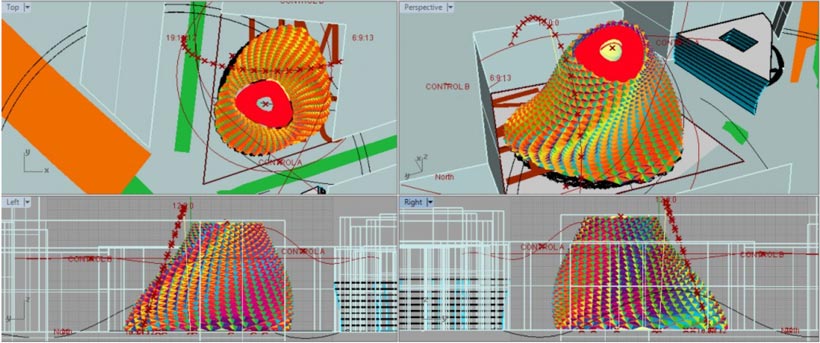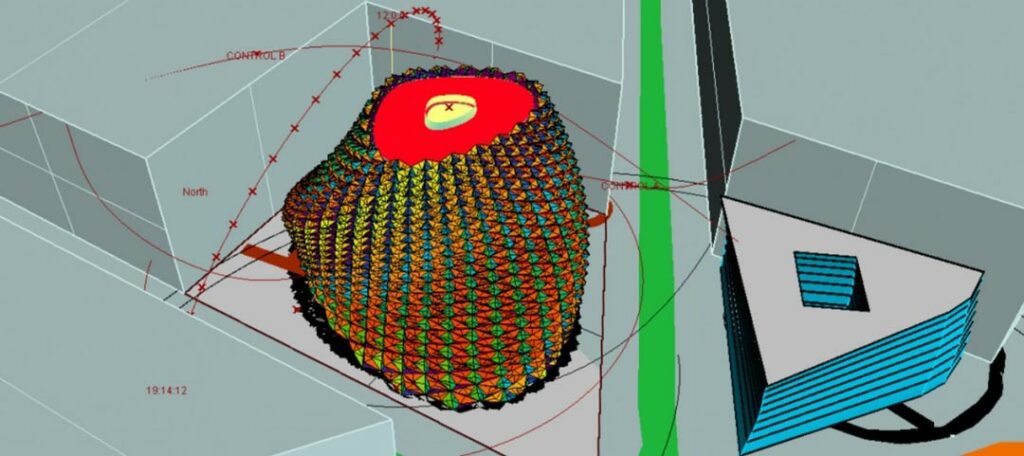
KRFR | SEED MX | OR/gan: Organic Revolution | Genetic Architecture Network.
Design strategies and generative analysis over physical/virtual environments, biodigital building and fabrication for sustainable, social and avant-garde architectonic project development.
Introduction to Computational Design | Generative Design
Hardware/Software literacy for designers and artists working with digital media.
Over the last decades computers have come to aid in almost all areas of design process, taking over the burden of repetitive tasks, so that the designer can focus over the act of blossoming in creation. As a result, designers have become dependent on hardware and software, tools that shape the process and the end results. This dependence becomes a limitation, forcing the designer to adapt her work to the decisions and metaphors chosen by the hardware/software builder.
Computational design represents a new approach, an attempt to provide designer and artists with a new spectrum control to engage into digital media. Understanding that control means being able to “write” as well as “read” software and hardware capabilities. Now, the creator is positioned as designer on the methodological path of computational processes. In this way, he is able to question existing method constraints, spaces and flows interaction, expanding the possibilities in electronic media exploration.
Rather than accept self limitations of cognitive, perceptive and the existing hardware/software frameworks, the designer should learn to build her own tools to reach optimum solutions.
Introduction to code as a means of creative expression, using the Grasshopper + Rhinoceros software.
Code as creative process. / Grasshopper POO.
- How can computer code become a tool for creativity?
- What unique aesthetic, reactive, regenerative structures can be created through programming?
- What new methods of creativity can be developed through working with programming form as a reactive system?
Contextual Facades / [Design Constraints / Reactive Surfaces / Form finding]
Surface/Structure feeded with Contextual Data:
- Cars (ISD : input social data)
- People (ISD : input social data)
- Context Buildings (UI: urban input)
- Sun (Radiance & light): (EFI: energetic flow input)
- Energy production /solar/thermic : (ECI: energetic contribution input)




More about KRFR/SEED Workshops:
bioarchitecturestudio.wordpress.com
¿Necesitas más información?
Registrarte a nuestra plataforma. Al hacerlo recibirás contenido exclusivo, así como información sobre nuestros cursos y próximos Workshops.
Si ya estás registrado entra aquí



